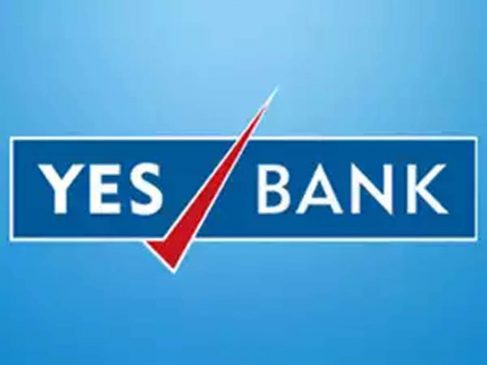When the Reserve Bank of India (RBI) clamped down on Yes Bank four years ago, the new-generation private lender was on the verge of collapse. The liquidity coverage ratio (LCR), which measures the level of liquid assets to meet immediate short-term repayments, was at a rock-bottom 37% of total cash outflow over the next 30 days.
Read More:- Govt launches Bharat 5G portal for Quantum, IPR & 6G research
The gross non-performing assets (NPAs) had spiked to 16.8%, a level usually associated with public sector banks. The return on assets plunged to 7.1%. Clearly, the bank was about to go bust, as the run on deposits had started. But, the government and the RBI stepped in to save the bank.
Enter the country’s largest bank, the State Bank of India (SBI), as the majority shareholder, placing its former deputy managing director Prashant Kumar and RBI’s former Deputy Governor R. Gandhi to manage the ship. The bank is now getting back into shape. Let’s look at the December quarter ratios for comparison.
The LCR improved to 118% in December 2023. Gross NPAs have improved from 16.8% to 2%, a significant achievement given the high bad loan portfolio of the bank. Similarly, the return on assets (RoA) has improved from negative to 0.3%.
So, what has the bank done in the last four years that has led to this turnaround?
First, the bank went all out to raise capital worth Rs 24,000 crore, helping it make provisions for NPAs and grow the balance sheet in retail and MSME areas. Apart from SBI, there are two marquee private equity players – Carlyle and Advent International.
Second, the entry of SBI and other private banks as equity contributors brought back trust in the brand. This is evident from the high deposit base.
Read More:- ‘Sham Negotiations’: Elon Musk Cannot Keep $55 Bn Tesla Pay Package, Judge Rules
When the moratorium was imposed, the deposit base crashed to Rs 1 lakh crore in March 2020. The deposits now stand at Rs 2.41 lakh crore. In a banking entity, low-cost deposits, especially savings and current accounts, are the fodder for competing in the assets space, especially home loans, personal loans, and the MSME segment. The higher the low-cost CASA, the better the margins.
Third, the share of retail and SME advances, perceived as safer compared to large corporate loans, has increased significantly in the last four years. This share has risen from 36.3 percent at the time of the moratorium to a high of 62.6 percent in December 2023.
Last but not least, the brand Yes Bank has a new identity and a complete new team with a strong compliance culture.
While releasing the third quarter results, Prashant Kumar, Managing Director & CEO, YES BANK explained that the bank , over the last few quarters , have remained focused on executing our profitability improvement roadmap by leveraging our core and key business levers of retail asset mix optimisation, SME and Mid-Market strong value proposition, fully exploiting branch network , and leveraging digital and transaction banking capabilities and partnerships.
Read More:- Gold Price Stable Today In India: Check 24 Carat Rate In Your City On January 31
However, there are also challenges as new private banks and PSBs are aggressively tapping into the retail and MSME segments with digital offerings. The RBI is also very closely monitoring the banks’ unsecured portfolio. In addition, the entry of large corporate-backed NBFCs like Jio Financial, Piramal Finance, Godrej Capital, and Poonawalla has intensified the competition in the retail as well as the MSME segment.





































